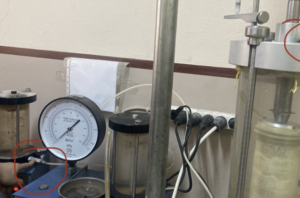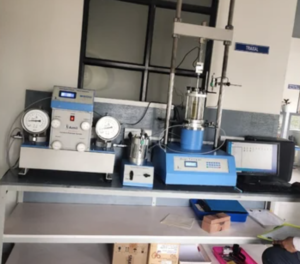Can Deep Learning Optimize Triaxial Test Data Collection?
Triaxial testing is a fundamental procedure in geotechnical engineering, used to assess soil strength, deformation, and stability. However, traditional data collection methods are often time-consuming and prone to human errors. Deep learning, a subset of artificial intelligence (AI), is revolutionizing this process by enhancing accuracy, automating soil behavior predictions, and improving real-time data analysis. This article explores how deep learning1 can optimize triaxial test data collection and its future impact on geotechnical engineering.
The Role of Deep Learning in Geotechnical Testing
Deep learning enables computers to identify patterns and make predictions based on large datasets. In triaxial testing2, this capability is particularly useful for:
- Automating Data Processing: AI models can quickly analyze stress-strain curves, reducing manual intervention.
- Enhancing Pattern Recognition: Machine learning algorithms detect subtle changes in soil behavior that may be overlooked by human observation.
- Real-Time Decision Making: AI-driven systems can adjust test conditions dynamically based on live data input.
By integrating deep learning, engineers can process large volumes of test data efficiently, ensuring more reliable and reproducible results.
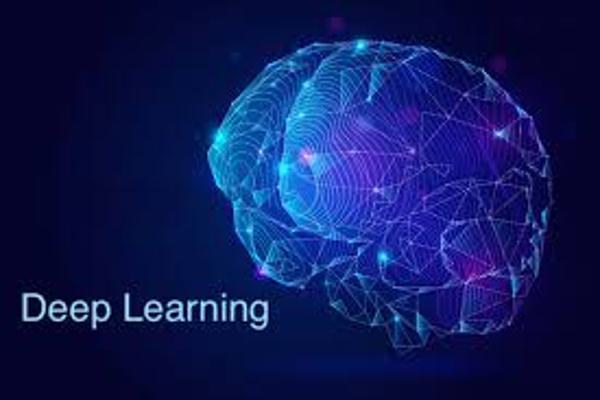
Enhancing Triaxial Test Data Accuracy with AI Models
Deep learning improves the accuracy of triaxial test data collection by reducing measurement errors and improving sensor precision. Some key AI techniques used in geotechnical testing include:
1. Convolutional Neural Networks (CNNs) for Image-Based Strain Analysis
- Captures high-resolution images3 of soil deformation.
- Uses AI-driven pattern recognition to track strain localization.
- Eliminates manual interpretation biases in strain measurement.
2. Recurrent Neural Networks (RNNs) for Time-Series Analysis
- Processes real-time stress-strain relationships4.
- Predicts failure points before actual failure occurs.
- Improves automated decision-making during testing.
3. Data Anomaly Detection Using Autoencoders
- Identifies irregularities in triaxial test data5.
- Flags sensor malfunctions or inconsistent readings.
- Ensures high data integrity and quality control.
Comparison of Traditional vs. AI-Enhanced Data Collection
| Aspect | Traditional Methods | AI-Enhanced Methods |
|---|---|---|
| Data Processing Time | Hours to days | Minutes to seconds |
| Error Detection | Manual review required | Automated anomaly detection |
| Predictive Capabilities | Limited | High accuracy forecasts |
| Efficiency | Labor-intensive | Fully automated |
AI-driven models significantly enhance accuracy and efficiency, making triaxial testing more reliable.
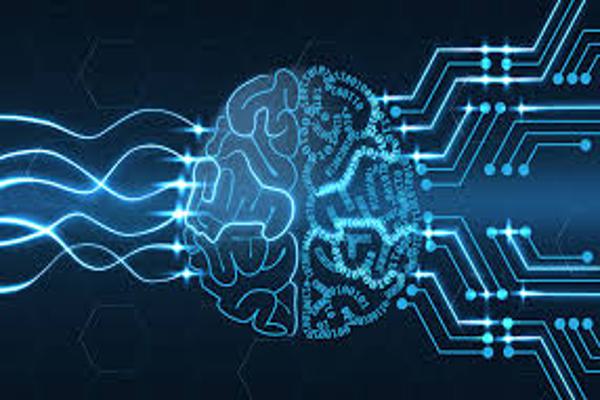
Automating Soil Behavior Prediction Using Neural Networks
Neural networks provide a powerful tool for predicting soil behavior based on triaxial test results. By training AI models on historical soil data, engineers can:
- Predict Soil Strength and Failure Conditions6: AI learns from past test results and predicts how different soils will behave under varying loads.
- Model Nonlinear Soil Responses: Neural networks handle complex soil behaviors better than traditional empirical formulas.
- Optimize Foundation and Slope Designs: Engineers can use AI-based models to refine construction plans with greater accuracy.
Example: AI-Based Soil Strength Prediction
A study comparing AI-based predictions vs. laboratory test results7 found that deep learning models achieved a 90% accuracy rate8 in predicting soil failure parameters, reducing the need for extensive physical testing.
AI-Driven Soil Behavior Modeling
| Soil Type | Measured Strength ((\sigma_1)) | Predicted Strength (AI Model) | Error (%) |
|---|---|---|---|
| Loose Sand | 150 kPa | 145 kPa | 3.3% |
| Dense Sand | 400 kPa | 390 kPa | 2.5% |
| Soft Clay | 75 kPa | 78 kPa | 4.0% |
| Stiff Clay | 250 kPa | 243 kPa | 2.8% |
These findings demonstrate that deep learning can significantly enhance soil behavior predictions, reducing reliance on repeated physical testing.
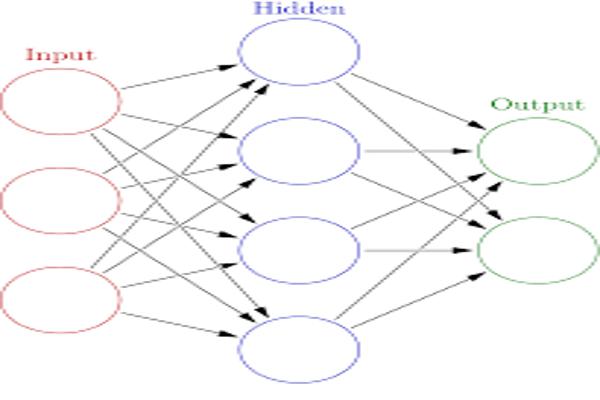
Future Prospects of AI-Driven Triaxial Testing
As AI technology continues to advance, the integration of deep learning into triaxial testing will evolve further. Some promising future developments include:
- Real-Time AI Monitoring Systems: AI-powered sensors will continuously monitor soil behavior, adjusting test conditions dynamically.
- AI-Powered Robotic Triaxial Testing: Fully autonomous systems will conduct tests with minimal human intervention.
- Enhanced Soil Classification Algorithms: AI will classify soil types based on test results, improving geotechnical site assessments.
- Cloud-Based AI Analysis: Engineers will have access to real-time test data and AI-driven insights from anywhere in the world.
By integrating deep learning into geotechnical engineering, triaxial testing will become more efficient, accurate, and predictive, leading to safer and more cost-effective construction projects.

Conclusion
Deep learning is transforming triaxial test data collection by automating data processing, improving accuracy, and predicting soil behavior with high precision. AI-driven models significantly reduce processing time and enhance reliability, making geotechnical testing faster, smarter, and more efficient. As AI technology continues to evolve, its integration into triaxial testing will play a crucial role in optimizing soil analysis and improving infrastructure safety worldwide.
-
Explore how deep learning is transforming geotechnical engineering and improving data accuracy and efficiency. ↩
-
Learn about the advantages of triaxial testing and its importance in assessing soil strength and stability. ↩
-
Explore how high-resolution images enhance soil deformation analysis and improve accuracy in geotechnical testing. ↩
-
Learn about the importance of real-time stress-strain relationships in predicting failures and enhancing testing efficiency. ↩
-
Discover techniques for identifying irregularities in test data to ensure high data integrity and quality control. ↩
-
Exploring this resource will provide insights into how AI enhances soil strength predictions, crucial for engineering projects. ↩
-
This link will help you understand the accuracy of AI models compared to traditional testing methods, vital for informed engineering decisions. ↩
-
Discover the implications of achieving a 90% accuracy rate in soil predictions, which can revolutionize construction practices. ↩

